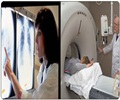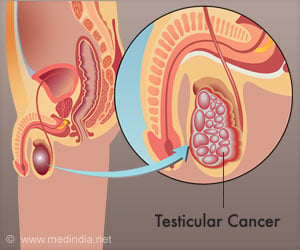Screening for lung cancer with chest X-rays doesn't reduce deaths, says US study.

The latest trial followed 150,000 participants, about half of whom were women. About 10 percent were current smokers, and the rest were nearly evenly divided between former smokers and people who never smoked.
Subjects were either offered a chest X-ray or no screening at all. After four years of follow up, more cancers were found in the chest X-ray group, but there was no significant difference in deaths across either group.
Over the course of the 13-year study, "there were 1,696 lung cancers detected in the intervention group and 1,620 lung cancers in the usual care group," the study said.
However, "1,213 lung cancer deaths were observed in the intervention group versus 1,230 in the usual care group."
The findings suggest that even though more cancers are found by chest X-rays, they are not detected early enough to have an impact on survival.
Advertisement
Harold Sox, of Dartmouth Medical School in West Lebanon, New Hampshire, said the findings should end any debate over the effectiveness of lung cancer screening by X-ray.
Advertisement
"The study is important for putting this question to rest and providing strong empirical grounds for comparing low-dose computed tomography to a real-world alternative: usual care."
Another major study released last year, the National Lung Screening Trial (NLST), found that current and former heavy smokers saw a 20 percent reduction in lung cancer deaths when screened by low-dose computer tomography (CT scan) rather than X-rays.
Helical CT uses X-rays to obtain a multiple-image scan of the entire chest in seven to 15 seconds, compared to the single view given by a chest X-ray.
Source-AFP















